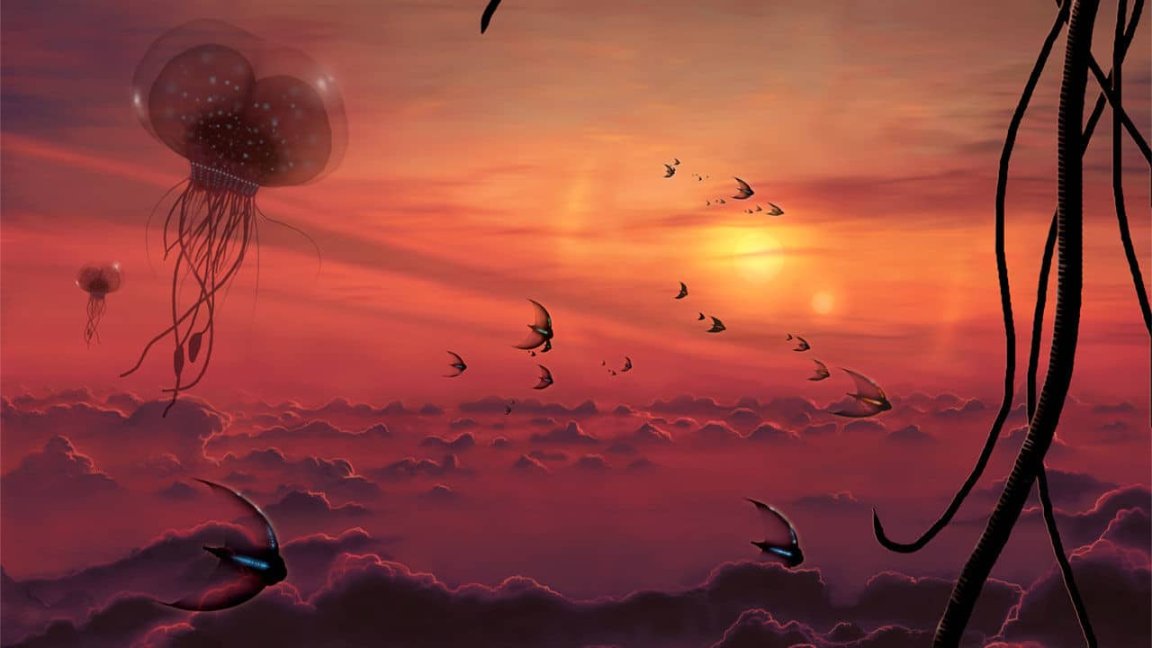
Life in a Cold Brown Dwarf
In the hunt for a celestial body that could host life (specifically, life like that found on Earth), scientists have typically looked for planets with surfaces similar to our own — about the same temperature, same chemical makeup, and, ideally, with liquid water like that from which we evolved. Now, a whole new group of space objects has joined the list of potential life-supporting hosts, and they don’t have a planet-like surface at all.
Researchers from the University of Edinburgh in the United Kingdom have proposed that we look for life in the upper atmospheres of cold brown dwarfs. These “failed stars” have the same elements found in traditional stars, but they lack the mass to ignite. Somewhere between the size of a planet and a star, they can boast atmospheres that hover around temperatures that would be considered comfortable on Earth and with about the same pressure levels.
“You don’t necessarily need to have a terrestrial planet with a surface,” Jack Yates, a planetary scientist who led the study, told Science.

The Hunt Is On
This development would open up a whole new arena in the hunt for extraterrestrial life, just maybe not life that looks like we do.
Microbes like those that lurk high above our own atmosphere could be discovered, or perhaps we’d find some of the sky plankton Carl Sagan coined “sinkers.” “Floaters,” organisms that manipulate their body pressure to rise and fall within an atmosphere, could also be hovering above cold brown dwarfs.
Though we only know of a handful of cold brown dwarfs right now, about 10 of those are likely to be within 30 light-years of Earth. With the James Webb Space Telescope (JWST) set to launch in just over a year, we may have our answer as to whether these bodies host life sooner rather than later.
Not only would it be a huge discovery if they do, it would also throw out the window our preconceived notions about where to look for life beyond our planet.